
GHK Basic (Tripeptide-1) – 200MG
$156.00
Discount per Quantity
| Quantity | Discount | Price |
|---|---|---|
| 5 - 8 | 5% | $148.20 |
| 9 + | 10% | $140.40 |
Scientific Overview of GHK
GHK, also referred to as GHK-Cu (copper-bound form), is an endogenous tripeptide (glycyl-L-histidyl-L-lysine) naturally occurring in human plasma and tissues. It may exist both with and without copper binding, with copper affinity appearing to play a role in biological signaling. Endogenous levels are suggested to decline with age.
Alternative Names: GHK Basic, GHK-Cu
GHK Studies and Research Data
Cellular Stress Responses
Research suggests that GHK may influence gene expression linked to recuperative responses, including tissue remodeling and stress adaptation. Studies indicate it may support collagen and elastin production, and appears to modulate fibroblast activity following injury.
DNA Stability
Investigations propose that GHK may support the activity of DNA repair-related genes, potentially linked to mitigating age-associated decline. Evidence suggests possible gene reset mechanisms are involved, though this remains under study.
GHK and Inflammatory Pathways
Experimental models indicate that GHK might interfere with inflammatory signaling, including NF-κB and MAPK pathways. Reports suggest this may lead to decreased oxidative damage and reduced pro-inflammatory cytokine production.
GHK and Antioxidant Potential
Some findings propose that GHK may upregulate antioxidant-related genes while suppressing certain pro-oxidant signals. It appears to play a role in reducing free radical activity, which has been linked to cellular stress and photoaging.
Wound Recovery Models
Animal and cellular research indicates that GHK may contribute to wound closure, angiogenesis, and remodeling of connective tissue. Evidence suggests possible involvement in fibroblast activation, granulation tissue formation, and epithelialization processes.
GHK and Oncogene Regulation
Early-stage studies have proposed that GHK, particularly in copper-bound form, may participate in the modulation of tumor suppressor genes and growth regulation. Some experimental data point toward combinatorial actions when paired with other molecules, though findings are preliminary.
Conclusion
GHK has been studied for its potential roles in tissue remodeling, antioxidant activity, inflammation modulation, DNA repair, and cellular recovery models. While findings suggest promising areas of exploration, ongoing studies are needed to further clarify its biological significance.
References
- Gul, N. Y., Topal, A., Cangul, I. T., & Yanik, K. (2008). The effects of topical tripeptide copper complex and helium-neon laser on wound healing in rabbits. Veterinary dermatology, 19(1), 7–14. https://doi.org/10.1111/j.1365-3164.2007.00647.x
- Pickart L, Vasquez-Soltero JM, Margolina A. GHK, and DNA: resetting the human genome to health. Biomed Res Int. 2014;2014:151479. doi: 10.1155/2014/151479. Epub 2014 Sep 11. PMID: 25302294; PMCID: PMC4180391.
- Campbell JD, McDonough JE, Zeskind JE, Hackett TL, Pechkovsky DV, Brandsma CA, Suzuki M, Gosselink JV, Liu G, Alekseyev YO, Xiao J, Zhang X, Hayashi S, Cooper JD, Timens W, Postma DS, Knight DA, Lenburg ME, Hogg JC, Spira A. A gene expression signature of emphysema-related lung destruction and its reversal by the tripeptide GHK. Genome Med. 2012 Aug 31;4(8):67. doi: 10.1186/gm367. PMID: 22937864; PMCID: PMC4064320.
- Hong Y, Downey T, Eu KW, Koh PK, Cheah PY. A ‘metastasis-prone’ signature for early-stage mismatch-repair proficient sporadic colorectal cancer patients and its implications for possible therapeutics. Clin Exp Metastasis. 2010 Feb;27(2):83-90. doi: 10.1007/s10585-010-9305-4. Epub 2010 Feb 9. PMID: 20143136.
- Maquart, F. X., Pickart, L., Laurent, M., Gillery, P., Monboisse, J. C., & Borel, J. P. (1988). Stimulation of collagen synthesis in fibroblast cultures by the tripeptide-copper complex glycyl-L-histidyl-L-lysine-Cu2+. FEBS letters, 238(2), 343–346. https://doi.org/10.1016/0014-5793(88)80509-x
- Pickart L, Vasquez-Soltero JM, Margolina A. The human tripeptide GHK-Cu in the prevention of oxidative stress and degenerative conditions of aging: implications for cognitive health. Oxid Med Cell Longev. 2012;2012:324832. doi: 10.1155/2012/324832. Epub 2012 May 10. PMID: 22666519; PMCID: PMC3359723.
- Park, J. R., Lee, H., Kim, S. I., & Yang, S. R. (2016). The tri-peptide GHK-Cu complex ameliorates lipopolysaccharide-induced acute lung injury in mice. Oncotarget, 7(36), 58405–58417. https://doi.org/10.18632/oncotarget.11168
- Lane TF, Iruela-Arispe ML, Johnson RS, Sage EH. SPARC is a source of copper-binding peptides that stimulate angiogenesis. J Cell Biol. 1994 May;125(4):929-43. doi: 10.1083/jcb.125.4.929. PMID: 7514608; PMCID: PMC2120067.
- Dou Y, Lee A, Zhu L, Morton J, Ladiges W. The potential of GHK as an anti-aging peptide. Aging Pathobiol Ther. 2020 Mar 27;2(1):58-61. doi: 10.31491/apt.2020.03.014. PMID: 35083444; PMCID: PMC8789089.
- Pickart L, Margolina A. Regenerative and Protective Actions of the GHK-Cu Peptide in the Light of the New Gene Data. Int J Mol Sci. 2018 Jul 7;19(7):1987. doi: 10.3390/ijms19071987. PMID: 29986520; PMCID: PMC6073405.
Disclaimer:
The products mentioned are intended solely for laboratory research and in-vitro experimentation. They are not approved for human or animal use of any kind. All details provided are for educational purposes only. By purchasing from this site, you agree to comply with our Terms and Conditions.
14 reviews for GHK Basic (Tripeptide-1) – 200MG
Only logged in customers may leave a review.
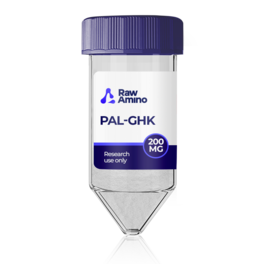
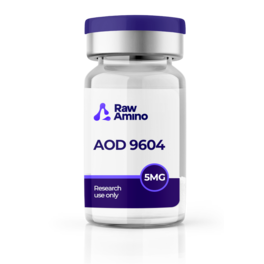
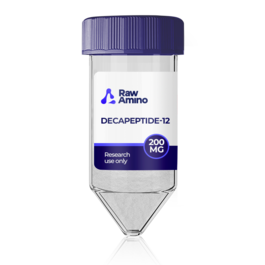
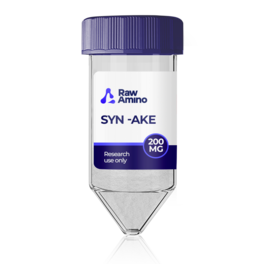
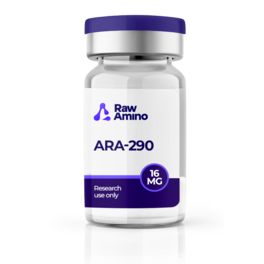
peptide538z –
Good experience
williamlee –
loved it
data955k –
No complaints!
lab325 –
Packaging presentation is professional, with consistent labeling across vials. The boxes are sturdy and give a good impression of quality control. Even small details like the font and clarity of batch information make it feel reliable. In my experience, professionalism in presentation reflects care in production. Here, the impression has always been positive.
MarkS123 –
Packaging was secure, delivery on time. Everything arrived in perfect condition. Everything was smooth from start to finish. Easy to order, shipped quickly.
robinsonwilliam –
pleasent surprise :). Love the free bac water it came with.
shannon23 –
quant498 –
shannon12 –
Not enough words to express how pleased I am with everything about the experience of buying from raw
daviscrystal –
Teresa F. –
ion495x1 –
lab969 –
brittanykhan –